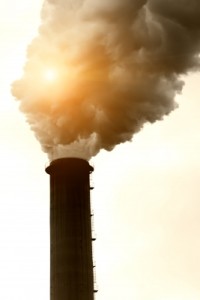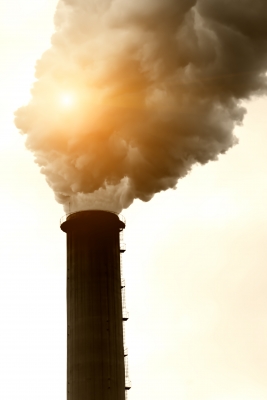Exporting pollution, one factory at a time.
The Heritage Foundation recently published an article on how climate regulations designed to put an end to coal fired electric plants will significantly harm U.S. manufacturing (EPA’s Climate Regulations Will Harm American Manufacturing). This got me thinking, if EPA regulations drive manufacturing offshore, is it possible that by increasing environmental regulation in the U.S. and driving manufacturing to regions where little environmental regulation exists, is the EPA making global pollution worse overall?
Another way to think about this is: Is there a regulatory “sweet spot” that is more likely to keep manufacturing in the U.S. while reducing overall global pollution? After all, pollution in China, for example, ultimately impacts the U.S. (see here).
The short answer to the question is “maybe”. In theory this would appear to be true, however, finding publicly available year-over-year raw data on global air pollution to support or fail to support this hypothesis is difficult. Looking at research done by others, one study found that in 2006 “36% of anthropogenic sulfur dioxide, 27% of nitrogen oxides, 22% of carbon monoxide, and 17% of black carbon emitted in China were associated with production of goods for export” with 21% of these emissions directly related to U.S. exports (see source here). This resulted in “export-related Chinese pollution contribut[ing] 3–10% of annual mean surface sulfate concentrations and 0.5–1.5% of ozone over the western United States in 2006”. This study, completed in 2013 used data from 2006, once again indicates the difficulty of finding real-time data. However, based on pictures coming out of China in recent years, we can anecdotally conclude emissions have increased.
Based on the 2006 data, relaxing EPA regulations and moving some manufacturing back to the U.S., even if it increased surface sulfate concentrations produced in the U.S. by 5%, both the U.S. and the world might be better off if you can reduce the same emissions in China by 10%. Reducing emissions in the U.S. to extremely low levels does not necessarily improve U.S. or global air quality overall.
Perhaps someone with better access to data who specializes in air quality issues can explore this question further.
Holly A. Bell is an Associate Professor teaching business and economics at the Mat-Su College of the University of Alaska Anchorage in Palmer, Alaska. You can visit her website at www.professorhollybell.com or follow her on Twitter at @HollyBell8
